Chanukah Symbol
Chanukah is the story of religious freedom. It is demonstrated through the miracle of oil which burned for eight days despite the fact that the quantity of oil available should have been enough for a single day only. Perhaps it is time that we give some thought to the oil itself that was the chosen modality.
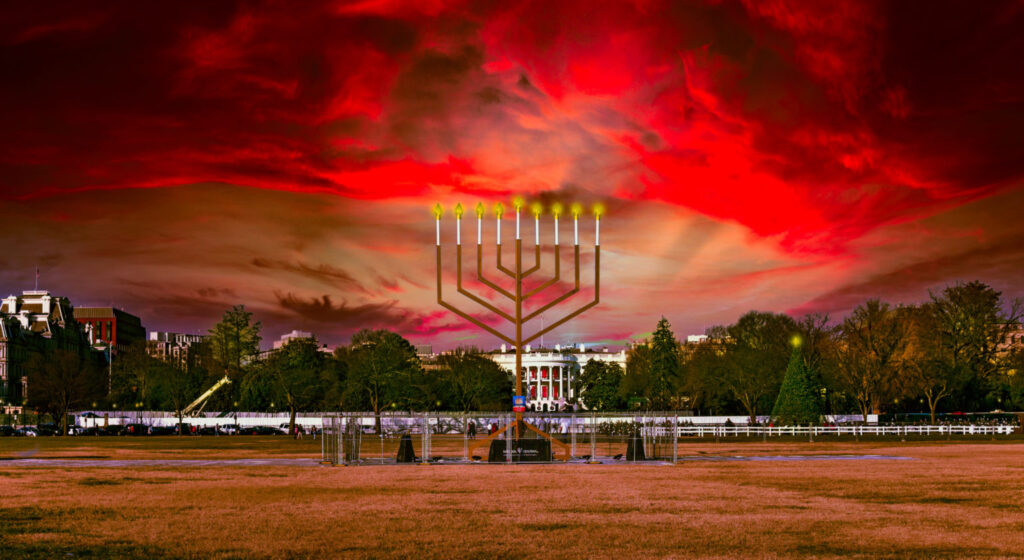
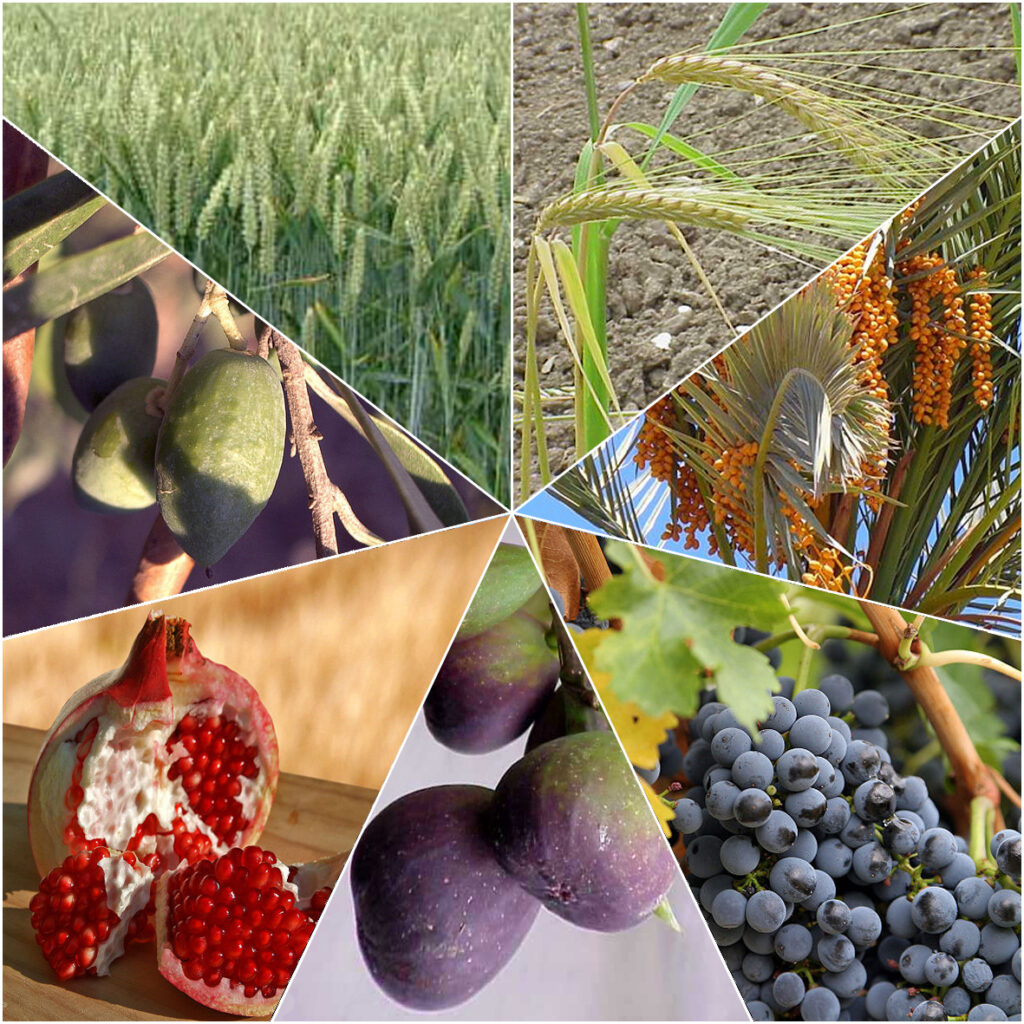
The Land of Israel was blessed in the Old Testament particularly with the Seven Species of plants and fruits. These are wheat, barley, grapes, figs, pomegranate, olives and dates. Grapes were made into wine, dates were used to produce a form of honey and olives were eaten after treatment to reduce their bitterness
. However, one of the most important olive products was the oil produced after crushing and pressing. The oil was also used by the ancients medicinally.
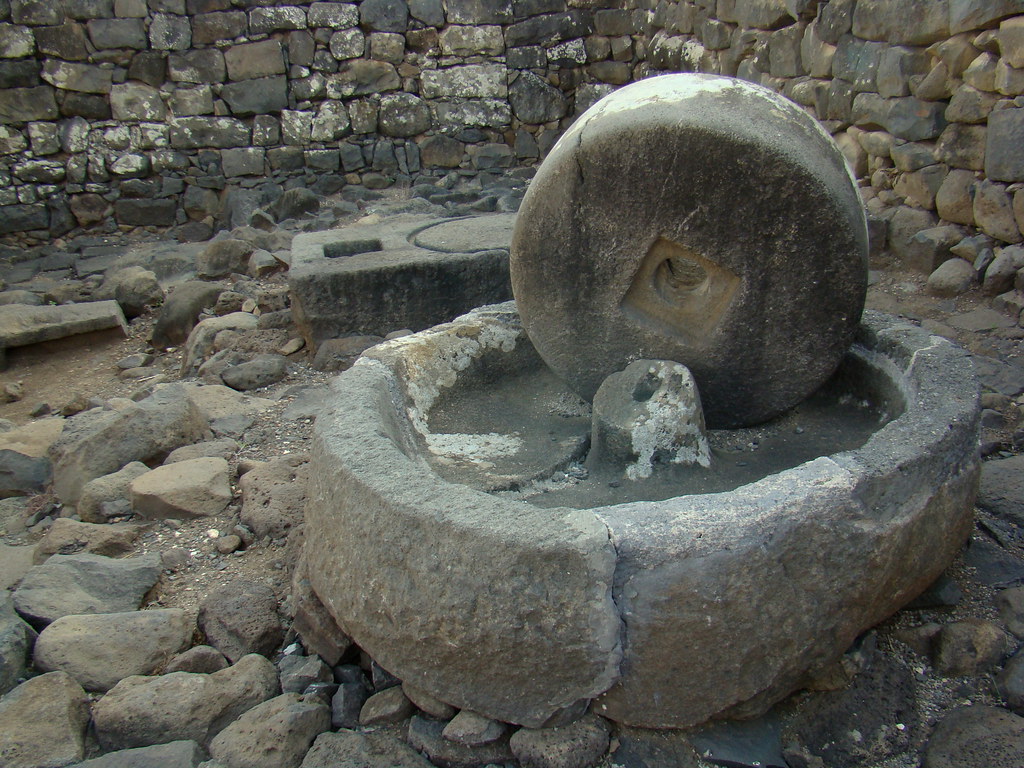
Present Day Relationship with Olives
My close relationship with olive trees developed through my brother-in-law, Michael Rosenbluh married to my sister Amy. They made aliyah many years ago and are now living in Neve Tzuf/Halamish in the Shomron. In their professional lives, the MIT-trained Michael was chairman of the physics department at Bar Ilan University; his specialty is light and its interaction with matter. More recently he is employing the new conceptual understandings of quantum mechanics, in particular superposition and entanglement, to improve sensing and to further understand and probe the quantum nature of light and matter.
Amy works as laboratory and production director for Izun Pharma Ltd. — a research company that develops medical devices and pharmaceuticals to treat inflammatory and chronic wound conditions.
Despite a busy schedule, they decided in 2000 to plant an olive orchard as their commitment to Yishuv Ha’aretz (Settling the Land). They chose two species of olive trees for their orchard – the Barnea, developed at the Volcani Institute in Israel, (research institute for dealing with Israel’s agricultural and water issues) and the Tzouri. The Barnea was chosen because it has a high oil yield, and its milder taste appeals more to Western palates although it requires irrigation. The Tzouri has a larger, rounder fruit, yielding a more pungent oil that does not require additional irrigation. The combination of the two varieties allows the Rosenbluhs a more reliable harvest and a unique blend of oil bouquets.
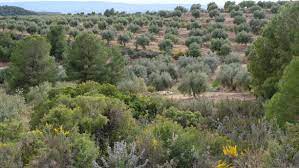
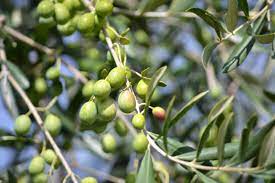
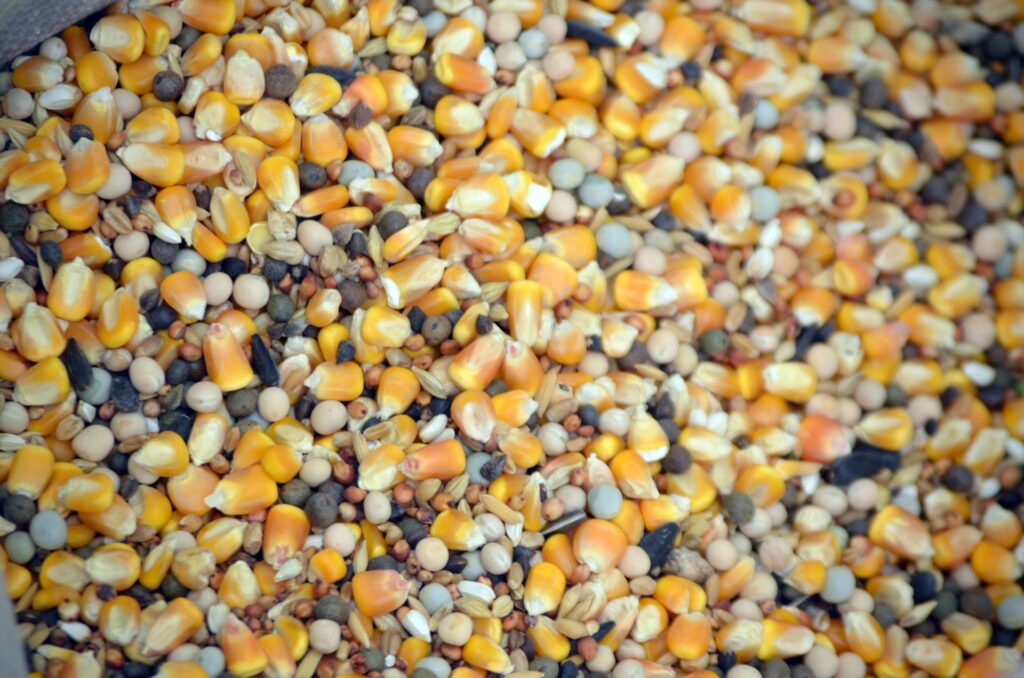
There are clearly mixed reasons for choosing to grow two olive species instead of one. However, there is another concept called maslins which simply refer to various types of mixtures of materials such as metals resembling brass. However, it is also used to refer to mixtures of grains that earlier farmers or those working in unsettled climatic times would sow in the same field. This was done to ensure some harvestable grain when it was uncertain how temperature and moisture conditions would affect the crop. If the farmer had chosen a single grain and was unlucky, he could lose most of his harvest.
Farming is Never Easy
Growing olives is neither simple nor straightforward. Despite the perfect climatic conditions, olives are subject to diseases and pests just like other crops. Those include the olive fruit fly (Bactrocera oleae), Peacock spot fungus (Spilocaea oleaginea) and the olive moth (Prays oleae). Since the Rosenbluhs are growing their olives according to organic standards, there are limited ways available to control these pests. As if that were not enough, feral pigs are also a terrible problem. They enter the orchard at night, uproot new saplings, chew up young trees and destroy the irrigation system.
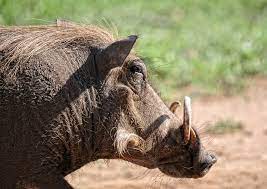
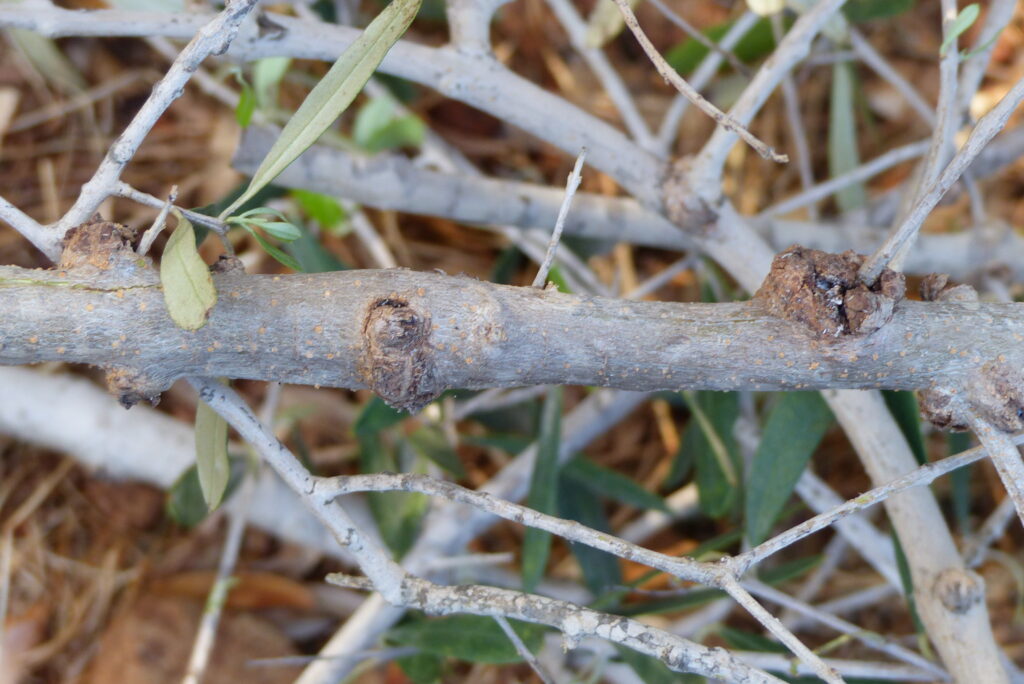
The Masik
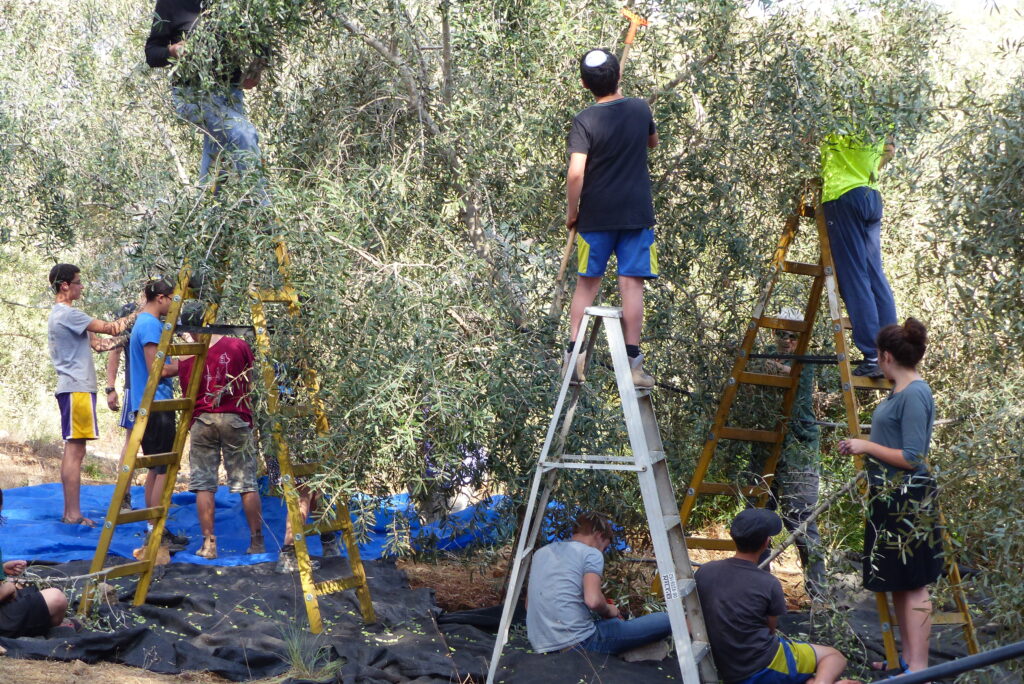
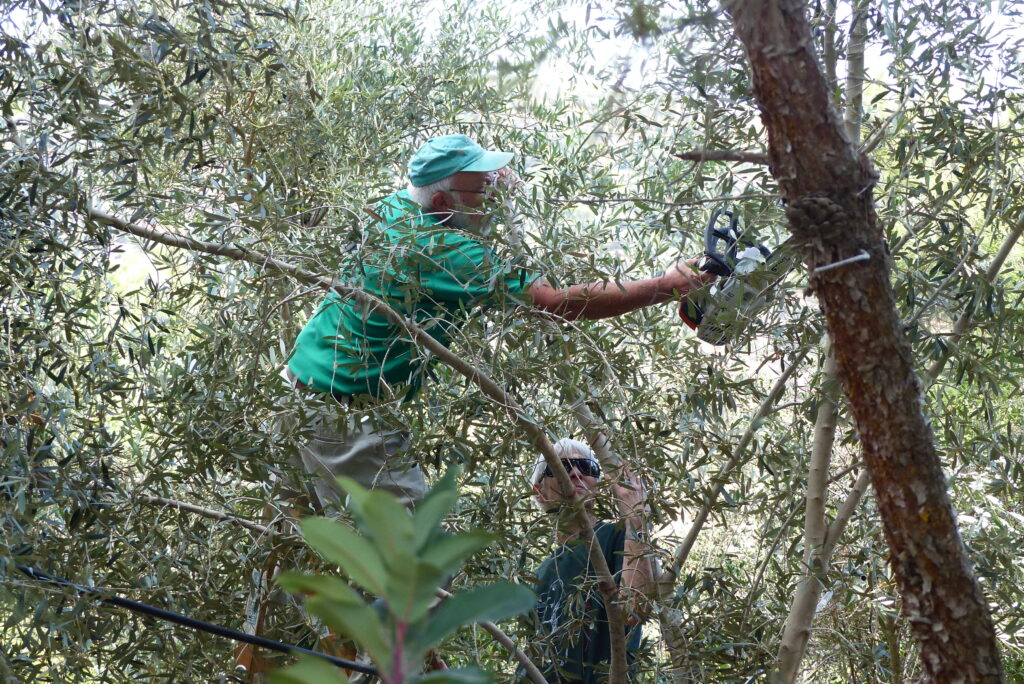
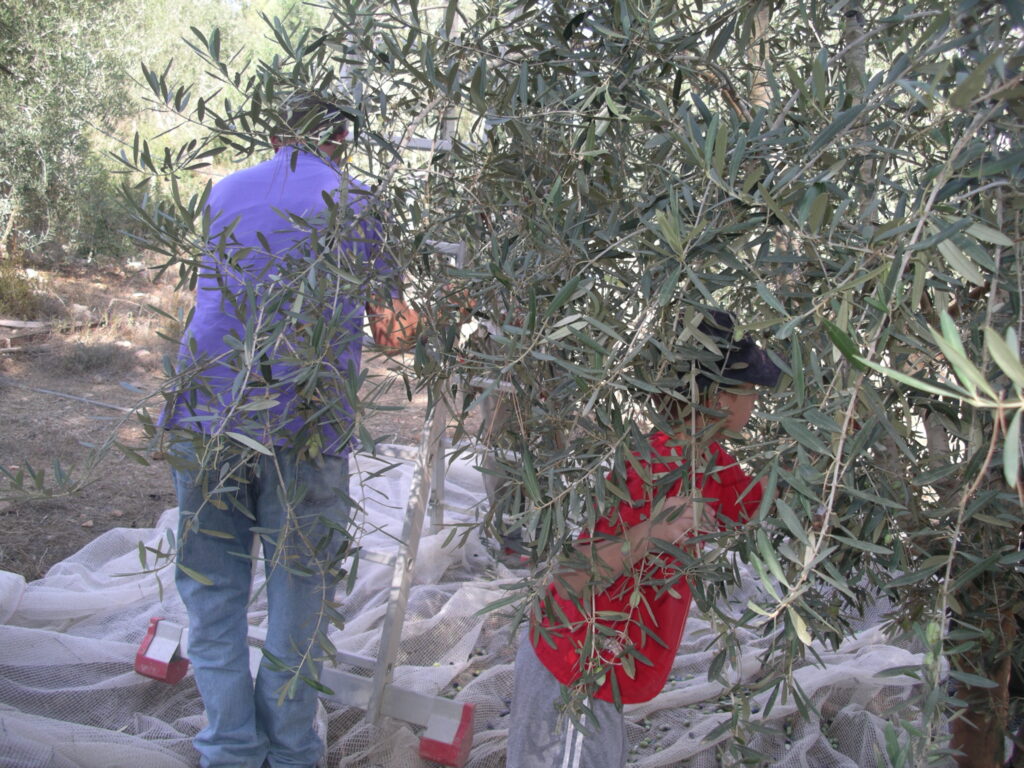
However, I have a personal relationship with their orchard. The harvesting of olives is called the masik. You know when a culture has a specific term for an activity, it is of major importance to them. The masik starts every year around the holiday of Sukkot when Aryeh and I are frequently in Israel. It is my Zionist pleasure to go to Neve Tzuf and help with the harvest.
When we arrive, we see the boughs of hundreds of trees laden with fruit in various stages of ripening. The colors range from light green to reddish to dark purple. As you reach upward to grasp a branch and remove the fruit by “milking” downward, you expect resistance. However, the olives just seem to pop off in your hand and you drop them onto the tarpaulin spread around the base of the tree. This tarpaulin is later collected up to concentrate the olives in the center; the fruits are then poured into burlap bags. The younger workers use ladders to reach the upper branches. The work is steady but not exhausting, and lunch is a welcome break, compliments of the Rosenbluhs.
The olives are taken to a local press . In the best years, close to 600 liters of olive oil are produced and there are local aficionados eager to buy their product. This year, after the close of Shmita, is a particularly bumper crop, with the oil yield exceeding 700 liters from their grove’s harvest.
Olive Relatives
Our olive trees (Olea europaea) are from the Family Oleacea and are related to lilacs (Syringa vulgarus)and jasmine shrubs (Jasmium officinale).
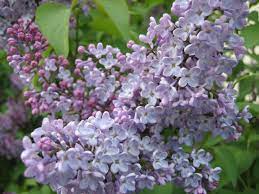
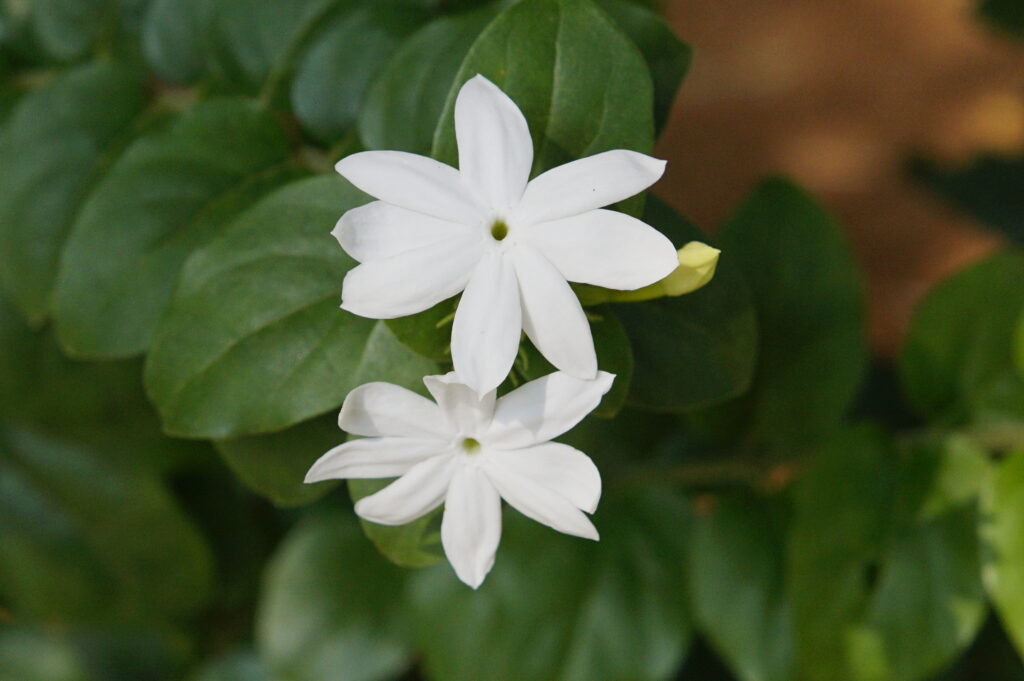
So, when you light your Chanukah menorah with oil this year, think back also on the long chain of history entwining the holiday with this special tree.
If you have enjoyed this article, you may be interested in my book, A Habit of Seeing: Journeys in Natural Science.

Enjoyed, as always!! Happy Chanukah!!!
Are there statistics on (1) how long each of various oils burn (2) exactly which oil was used by Machabee warriors in the temple?
Also, Because I was curious about your husband’s name, I learned that Aryeh is a transliteration of the Hebrew word אריה, which means lion. It is a common Hebrew masculine given name .
Lovely! How can I get a spot helping at next year’s masik :)! Happy Chanukah and thank you for yet another en”light”ening post.